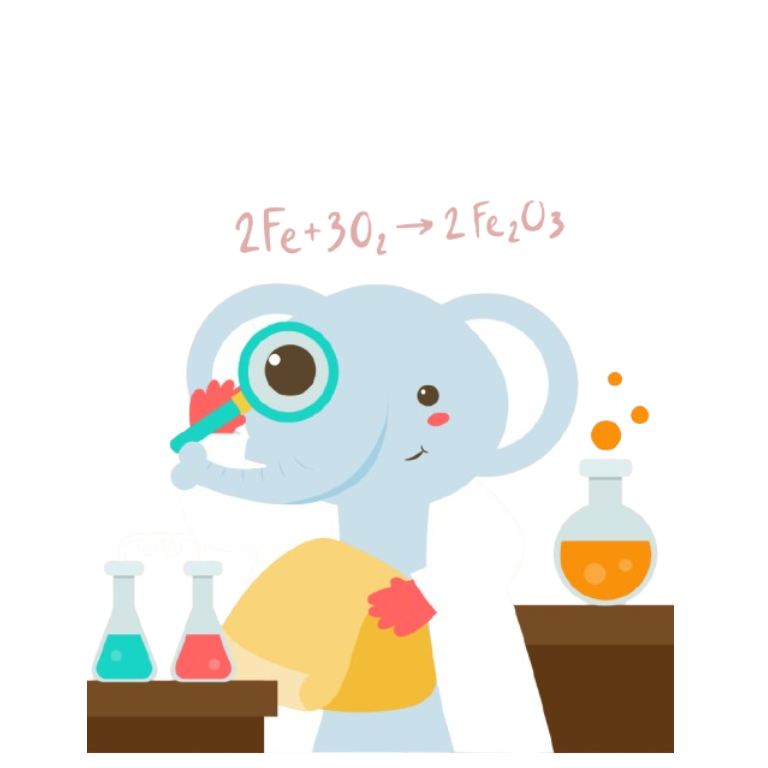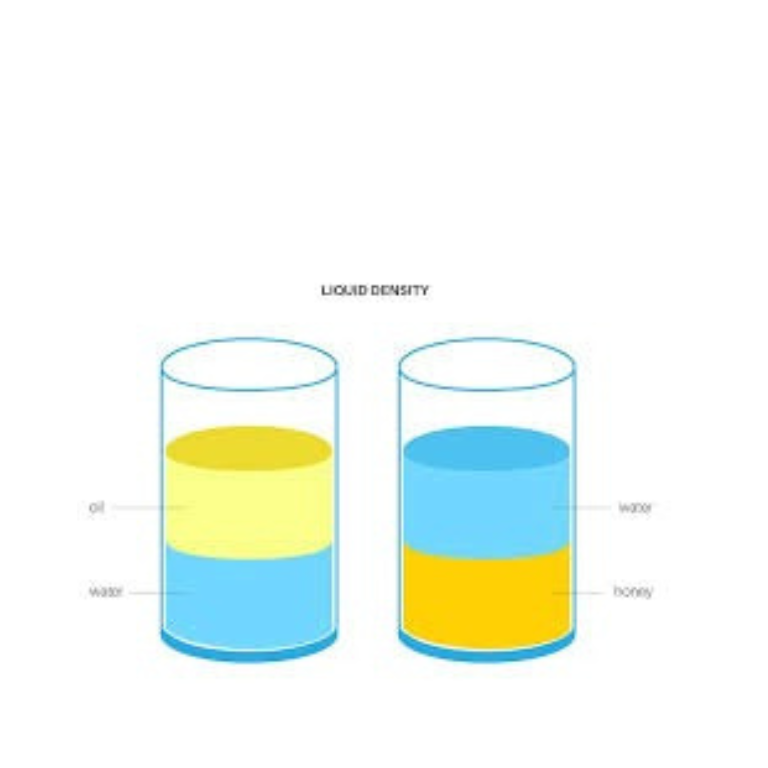Rusting of Iron
Oxidation Experiment: How Iron Reacts with Oxygen and Water
Observe the chemical reaction of iron with oxygen and water that leads to rust formation. Change the environmental conditions to see how they affect the rusting process!
Dry Environment
Conditions: Dry Air
Rust Level: 0%
Observation:
In dry air, iron doesn't rust because there's no water to facilitate the oxidation process.
The Science Behind Rusting
Chemical Reaction:
Rusting is an oxidation reaction where iron reacts with oxygen in the presence of water:
4Fe + 3O₂ + 6H₂O → 4Fe(OH)₃ (Iron(III) hydroxide)
This then dehydrates to form rust (Fe₂O₃·nH₂O)
Key Factors:
- Water: Essential for the electrochemical process of rusting
- Oxygen: Needed for the oxidation reaction
- Electrolytes (like salt): Accelerate rusting by increasing conductivity
- Acids: Speed up rusting by providing H⁺ ions
Prevention Methods:
Common ways to prevent rusting include painting, galvanizing, chrome plating, and using stainless steel alloys.


